India needs offensive technologies from the US instead of mere platforms
Pravin Sawhney
India needs peace and cooperation with China which Prime Minister Narendra Modi agreed to with Chinese President Xi Jinping during the 2018 Wuhan informal summit. War is not an option for India since there is a 30-year gap in the technologies and war concepts (how to fight to optimise outcome from available technologies) of the Indian military and the People’s Liberation Army (PLA), and worse, the Indian military leadership does not understand that a war with the PLA and with the Pakistan Army is not the same. If it did, it would drop the laughable rhetoric of being prepared for a two-front war.
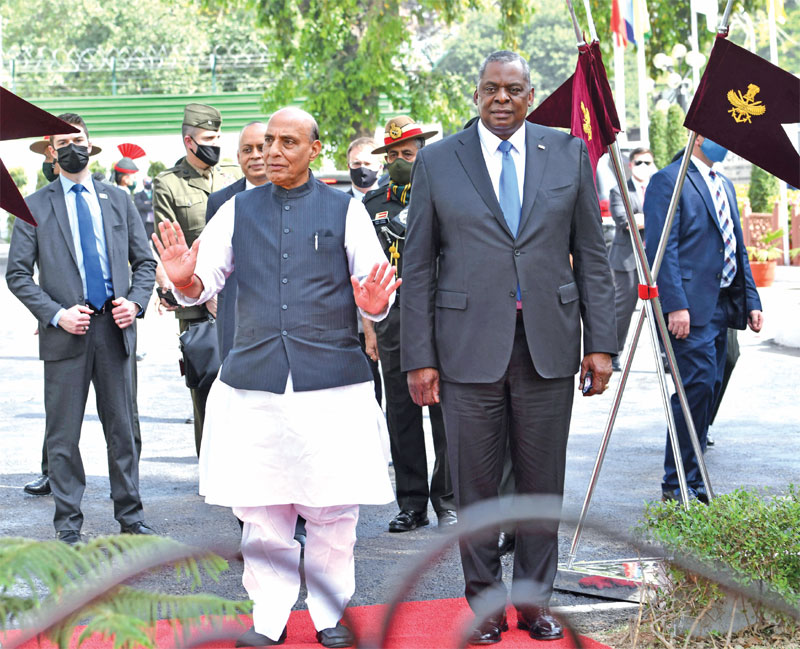
Given the fact that the US is unsure of a war outcome with the PLA in the west Pacific (south China Sea and Taiwan) by itself, it has sought to strengthen its deterrence (military power) in the Indo Pacific region by roping in its military allies’ capabilities and India into its regional US’ Indo Pacific Command (USINDOPACOM) defence networks.
At the least, the PLA leads the US military in hypersonic missiles (hypersonic glide vehicles and hypersonic cruise missiles) which are the backbone of its first line of attack by land-based missiles. And the PLA has advantage of geography. In case of a war, the US’ follow-on forces from other war theatres will be exposed to the PLA’s long-range fires and cyber fires long before they arrive at closer friendly bases to be launched into war. Moreover, the Pentagon has sought 40 per cent increase allocation for its Pacific Deterrence Initiative (PDI) to meet the challenge of then PLA’s Anti-Access Area Denial (A2AD) firewall comprising land-based missiles, integrated air and missile defence systems, cyber and electronic fires, laser weapons and anti-drone capabilities. The PDI is meant for the US’ force restructuring (for diffused, varied, and temporary bases to meet the PLA’s missiles challenge), strengthening of Hawaii, Guam, and new bases on allies’ territory.
The question is: How can the US that needs India (its geographical location and large military) to deter the PLA, help India win a war with the PLA? A recent case made by senior analysts argues that the US should do more for the India-China border dispute to provide assurance and deterrent support to India. This includes ‘things like joint exercises, emergency senior-level military and defence consultations, and inclusion in Quad statements of the need to defend Indian border claims—all to enhance its deterrence vis-à-vis Beijing.’ Moreover, ‘there should be joint wargaming exercises to develop mutual understanding of the threat of a future India-China conflict and identify Indian capabilities gaps that can be filled before conflict breaks out.’
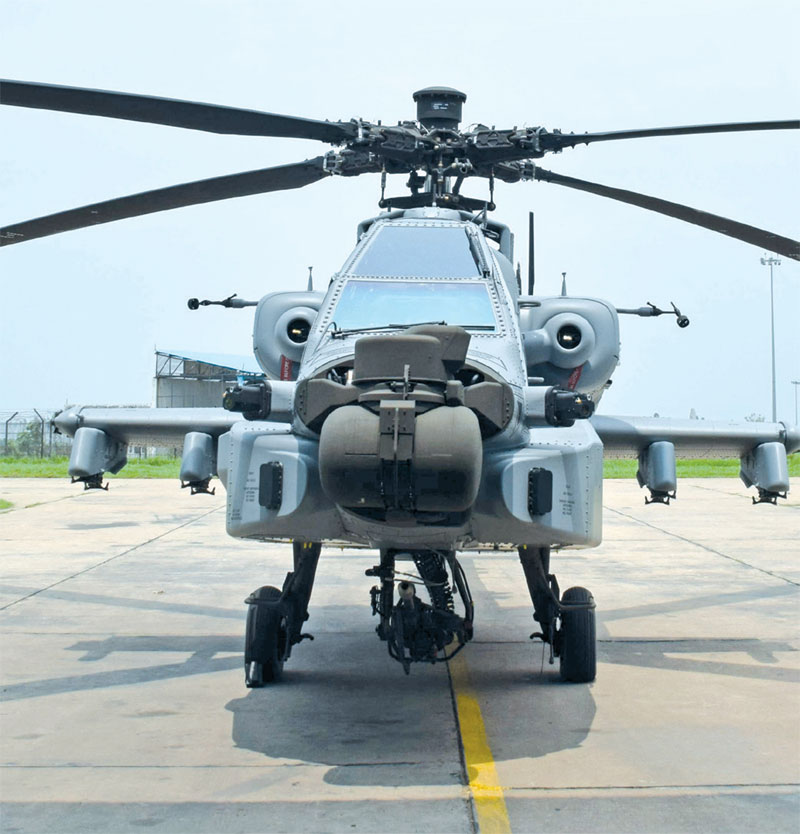
The report titled ‘India-China border tensions and the US strategy in the Indo-Pacific’ authored by Lisa Curtis and Derek Grossman finally comes to the point. ‘India remains reluctant to focus Quad cooperation on defence-related activities, whereas the United States is eager to enhance defence planning and coordination amongst the four nations’ says the report. India is reluctant since unlike the other two Quad nations, it is not a military ally of the US and it is discovering that a war with China would end in total disaster for India. It will not be a border war and border management (as Army chief General Manoj Pande says) issues will not escalate into war. War, if it happens, will be on PLA’s terms since it would exercise complete war control—this depends on technologies with both sides. And the reason for war would not be tactical like border management, but strategic: the US’ growing threat to China’s sea lanes of communications and maritime silk road in the Indian Ocean region where India, as a part of the USINDOPACOM defence networks, has accepted to be the net security provider against non-military and military threats.
Before crafting a strategy to meet the PLA’s threat, the Indian military would do well to understand the huge technology gap with the PLA. Since technology determines war concepts, the Indian military still follows the archaic 1986 US’ Air Land battle war concept, which is about tactics leading to attrition. The army’s spatial battlefield is artificially divided into frontline and operational depth with no cogent reason for doing it. Importance is given to the frontline comprising battles and engagements. Once the frontline defences get breached by enemy columns, the higher commander takes over the series of battles coalescing in campaign in his area of responsibility with capabilities which are an aggregation of tactical level with little change in quality. The army and air force exercise their core competencies with co-ordination to win the campaign.
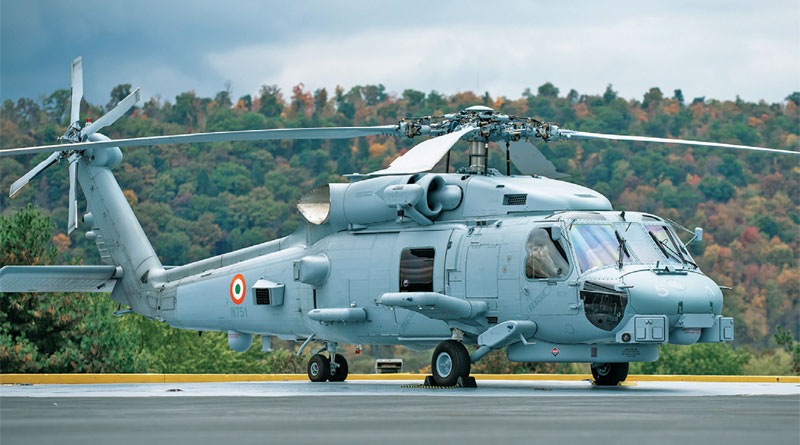
The PLA in the eighties adopted the Soviet deep battle concept which gave importance to the theatre rather than the frontline. This introduced the concept of operational art to be done by higher commanders by thoughtful employment of vertical troops strike, integrated fire strikes and deep raids by Operational Manoeuvre Groups (QMGs) into the battle plan. The lesson learnt by the PLA was that land-based rockets were cheaper and operationally a better option than fighter aircraft where it could not compete with the US military which had superior technology and deep pockets.
Next, the PLA studied the US-led 1991 Gulf War against Iraq and realised that the US military’s battle networks (software systems which connected sensors to shooters) were its strength along with Precision Guided Munitions, which were helped by satellites for navigation. Given this, the PLA decided to focus on cyber and electronic warfare to disrupt and destroy the US’ battle networks. It also started work on miniaturisation for PGMs lethality at long ranges. In 2014, the PLA announced it could combat in both physical (land, sea, air, space) and virtual (cyber and electromagnetic spectrum) war domains.
Under its 2015 military reforms, the PLA created two unique organisations directly controlled by its highest operational headquarters, the tri-service Joint Staff Department. The PLA Rocket Force (PLARF) has under it all land-based conventional and nuclear missiles, and the PLA Strategic Support Force (PLASSF) is responsible for cyber, electromagnetic spectrum, space and counter space capabilities, and information warfare. The PLARF and the PLASSF complement one another and together are responsible for the PLA’s war concept called ‘systems destruction warfare.’ The latter is dissimilar to strategy of attrition which is predicated on tactics and instead seeks early defeat of enemy by cognitive confrontation by non-kinetic and kinetic combat across an expanded war space comprising of war zone (whole of nation) and combat zone (entire war theatre based on operational art).
With different and unbridgeable war concepts, there are three major operational issues between the PLA and the Indian military. One, since the creation of virtual war domains, the PLA’s war planning has transited from weapon platforms to capabilities which are not dependant on geography and climatic conditions. For example, cyber and electronic fires travel at the speed of light across domains. Cyber fires (digital software weapons) attack and destroy data and information in the cyberspace. Moreover, cyber fires can destroy physical assets too since there is a convergence of physical and virtual domains since 2010 when the US and Israel successfully used the world’s first digital weapon to destroy Iran’s centrifuges at its Natanz nuclear facility. Electronic fires, on the other hand, attack the waveforms which carry data. Without data and information, various headquarters would be rendered blind and deaf with serious implications for chain of command.
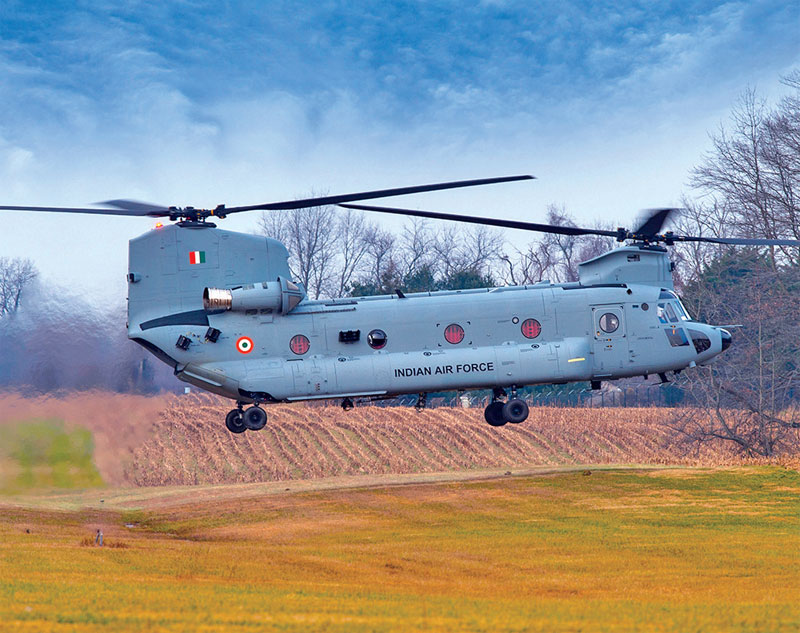
Two, unlike weapons platforms with the Indian military whose technical specifications and capabilities are known, the PLA would have software driven capabilities in its hardware (tanks, guns, rockets and so on) which would spring operational surprises in war. Moreover, software driven upgrades are quicker than hardware upgrades which require time and far more resources. Worse, the Indian Army leadership, which claims to meet the PLA challenge, is woefully short of desired weapon platforms. For example, the report of the 17th Lok Sabha’s standing committee on defence, tabled on March 21, reveals that a high proportion of the army’s warfighting equipment remains obsolete. Ideally, the army wants 30:40:30 per cent of equipment, 40 being the present equipment, and 30 each for new generation and older generation equipment. What it has is 15 per cent of new generation, 40 percent of present generation, and the rest is obsolete equipment.
And three, the use of Artificial Intelligence (AI) in war is a reality. Except for actual warfighting involving manned and unmanned teaming, it is being used for war readiness and decision making in the ongoing Ukraine war. The PLA, which is good in what the US calls ‘AI at rest’ (use of AI in software networks for quick and precise decision making), and which had garnered loads of operational or training data with its exercises in the war theatre since April 2020, would not hesitate to use AI in all aspects of warfighting against the Indian military, which remains clueless about it. While the PLA’s physical and virtual war domains are enough for a quick and decisive campaign against Indian military (medium power), the use of AI in warfare will give the PLA first mover advantage over its main adversary: the US military.
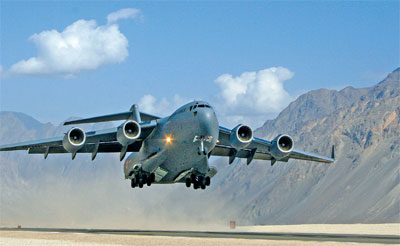
Indian military chiefs talk of emerging technologies equating AI with quantum computing, blockchain technology and so on. It is little understood that AI is a technology of technologies where all emerging technologies converge. AI comprises six stacks: human talent for writing algorithms; hardware or chips; data (preferable training data since AI is still evolving); applications, and integration. The US cannot give all these things to India. Instead, the Indian military must wake up to the reality and determine how to garner AI stack by getting civilian experts and operational commanders work together. In the prevalent military culture of sharing information on a need to know basis, AI harnessing will not work. For example, a computer engineer from a public sector undertaking told me that the military wanted his team to develop algorithms for an application, whose precise nature it was unwilling to share since it was classified.
India does not need the traditional hardware that the US is willing to sell. It needs capability to compete, contest and confront in virtual domains, and it needs to understand AI and its use in weapon platforms and decision making to close the kill chain faster than the enemy. It needs land-based missiles (cruise and hypersonic) which, except for the joint venture BrahMos, it does not have. It also needs military leadership which is competent and keeps itself abreast of the advances in warfare. According to US general James Mattis, “if you haven’t read hundreds of books, you are functionally illiterate and you will be incompetent, because your personnel experience alone isn’t broad enough to sustain you.”
If the Indian military leadership was competent, it would realise that in a war with the PLA (which is at the cutting edge of technologies), the Indian Army would have a minimal role in a decisive war of occupation. The PLA will do simple manoeuvres on the frontline by taking the war to whole-of-nation. This might sound an oxymoron to military officers who have not bothered to study the PLA war.
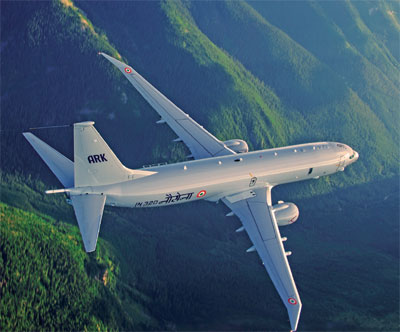 The PLA will fight to its strength in the virtual war domains. For instance, the PLA uses electronic fires routinely in its western theatre command to do jamming and anti-jamming operations against multiple communication, radar systems and GPS satellite systems during its force-on-force exercise. In the physical domain, the PLA will use its plethora of land-based missiles, drones for the frontline and aim to knock down Indian satellites and internet services at the earliest.
The PLA will fight to its strength in the virtual war domains. For instance, the PLA uses electronic fires routinely in its western theatre command to do jamming and anti-jamming operations against multiple communication, radar systems and GPS satellite systems during its force-on-force exercise. In the physical domain, the PLA will use its plethora of land-based missiles, drones for the frontline and aim to knock down Indian satellites and internet services at the earliest.
Will the PLA fight its informatised and intelligentised wars with India? Probably not. Informatised war involves integrated joint operations by incorporating capabilities of its six war domains into one strike package called mission set depending on the target profile and the effect desired on it. Its intelligentised war will involve use of AI, data, 5G wireless networks and cloud computing to its informatised war.
Against the Indian military with capability to fight in three physical war domains only, the PLA would likely undertake individual wars since it would accomplish early war control. Individual wars planned by the western theatre command and approved by the Joint Staff Department would comprise cyber war, electronic war, space war, drone war, light (directed energy weapons) war, missile war and information war. The US cannot help the Indian military in all this.
I will discuss these wars and other aspects in subsequent articles that I will be writing on future technologies. I will suggest what the Indian military should consider doing to take on the PLA challenge in the long term.

